Menu
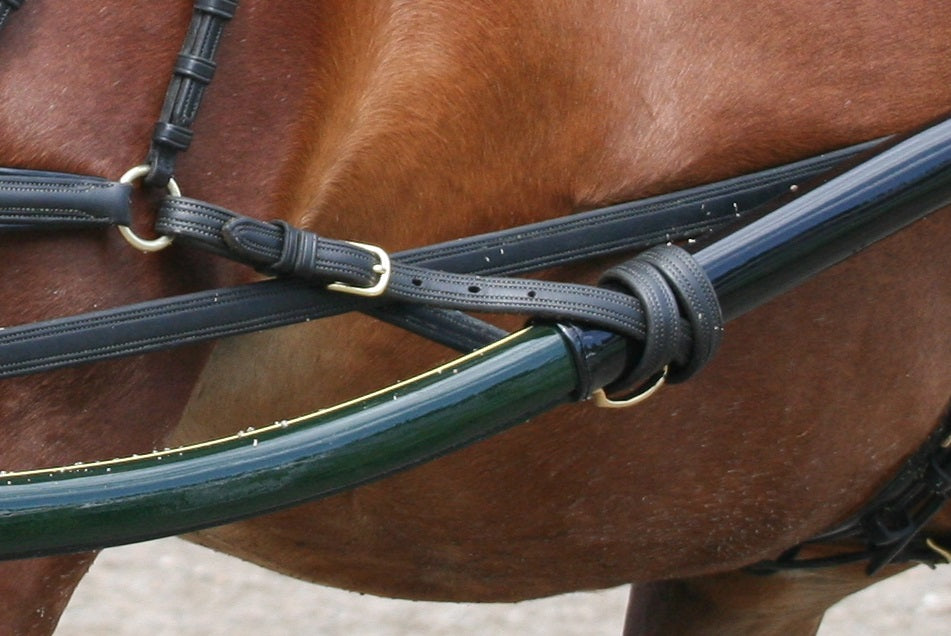
To Wrap or Not to Wrap?
The debate goes on. Do you always wrap your holdbacks or use some sort of snap to attach them to your breeching ring for the ease of putting your horse to the vehicle? I am of the belief system that you should wrap your breeching straps. Every. Single. Time. I’ll tell you why. [Ok, I have a few exceptions, but the conditions have to be in order.]
First of all, we need to understand that the breeching holdback straps are part of your braking system. If any part of that system fails, you have a potential wreck on your hands when it gives way and the vehicle slams into the horse. The more materials we use that could be a point of failure, the higher the opportunity for disaster. So, for instance, if you add snaps to your breeching straps, are those snaps just some sort of cheap snaps that you got at the hardware store or are they rated for the pressure that is applied in a down transition or a full hard stop? If they are cheap snaps, I know of carriage driving clinicians who will take the cheap snaps off your harness during your lesson, and not give them back! They understand that those snaps are a point of potential failure that needs to not be on your braking system. I took the photo below of a failed cheap breeching snap owned by a customer.

One exception for using snaps on your holdbacks is using high-quality, weight-rated snap shackles. The disadvantage, though, is that they aren’t cheap! Snap shackles meant to be used with straps can run over $160 for the pair. Of course, if you feel that your time taken to wrap the straps is worth the $160, that might not seem like it is that expensive.

If you are using leather harness and leather holdbacks, I am a firm believer that holdbacks should not be left on the vehicle and should stay with the harness. An everyday vehicle is typically not stored in a prime location that is not too dry or too wet. Leather needs to be stored properly to maintain its integrity. If left on the carriage, the leather holdbacks can deteriorate without the driver even knowing it because they are not handled regularly. Leather straps should be inspected every time they are used, and wrapping them on the shafts when putting to provides that opportunity. Leather straps left on the vehicle are also less likely to be remembered when the rest of the harness is cleaned and conditioned.
Synthetic holdbacks are not affected by environmental conditions like leather is. They are more appropriate to leave on the carriage. However, you still should be inspecting them once in a while for wear and tear, especially older synthetic strapping in the cold of winter. The newer synthetic material can take the cold much better and is less likely to crack in the cold.
Another challenge with leaving the holdbacks on the vehicle is if you drive more than one horse. Will you take the time to adjust those holdbacks for each horse, or will the normal, everyday setting be “good enough”? I don’t believe that anything should ever be “good enough” and that you should always try to do everything right every time. Your life depends on proper adjustment every time. I have seen holdbacks designed to be left on the vehicle that have a buckle in the middle for adjustment. Again, this is just another point of failure. The beauty of actually wrapping regular holdbacks properly is that the material should grab itself in case the normal breeching strap buckle fails, allowing you time to deal with your harness failure before something really bad happens. By putting another adjustment buckle in the middle of the holdback, again, you’ve added yet another potential point of failure.
One reason I am given quite often for those who leave the holdbacks on the vehicle is that the holdbacks were wrapped there by the driver's trainer, friend, etc., and the driver hasn’t learned themselves how to wrap the straps. Well, there’s no time like the present AND if something ever happens that you need to know how to wrap a strap, you will be happily prepared to do so.
Long ago, our family developed a “phrase” to remember how to wrap a strap, “Under, through, around, around, tuck, over, buckle” Expanded, it is like this:
- Under the trace and shaft
- Through the footman loop
- Around the shaft in front
- Around the shaft in front (if necessary)
- Around the shaft in front (if necessary)
- Tuck under the first wrap (or all the wraps)
- Over the trace
- Buckle

Those steps won’t seem so daunting once you get use to do them. Eventually, you will be able to wrap a breeching strap without even thinking about it.
Another “excuse” I hear from people is that it takes too long to wrap the holdbacks. This may really only apply to people who drive many horses in a day. Otherwise, the majority of horses really need to be learning to stand quietly while they are put to the carriage anyway, and putting to too quickly may not afford the horse that opportunity.
One last point against leaving holdbacks on the vehicle is that I have known quite a few people who own a practice vehicle and a show vehicle. More that once, I know of people who have packed their harness and arrived at the show only to realize that they left their holdbacks on their practice vehicle at home. If you leave the holdbacks with the harness, you more than likely will bring them to the show or event with you!
So, when can you leave holdbacks on the vehicle and use snaps for ease of putting to? In my opinion, when you have synthetic straps, high quality snap shackles, and drive one horse fairly consistently. Otherwise, again, you just have a potential point of failure on your braking system which can lead to disaster. Please think carefully before you decide to use those cheap breeching snaps.
Edit - if you decide to get high quality snap shackles for your harness, make sure you get the ones that are wider at the base for the straps. The ones made for the singletrees will not be wide enough for the width of the straps.


The shackles below have a smaller base meant to be used with a singletree.

P.S. - Some people add the snap shackles for quick release in the case of an emergency. This is a viable reason to use snap shackles. However, remember that the turnback (backstrap) buckle can also be released to remove the entire back half of the harness from the horse and the leave it with the vehicle.
- Choosing a selection results in a full page refresh.

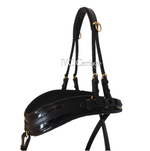
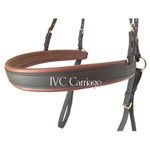
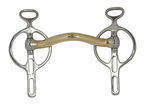
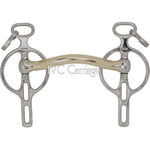
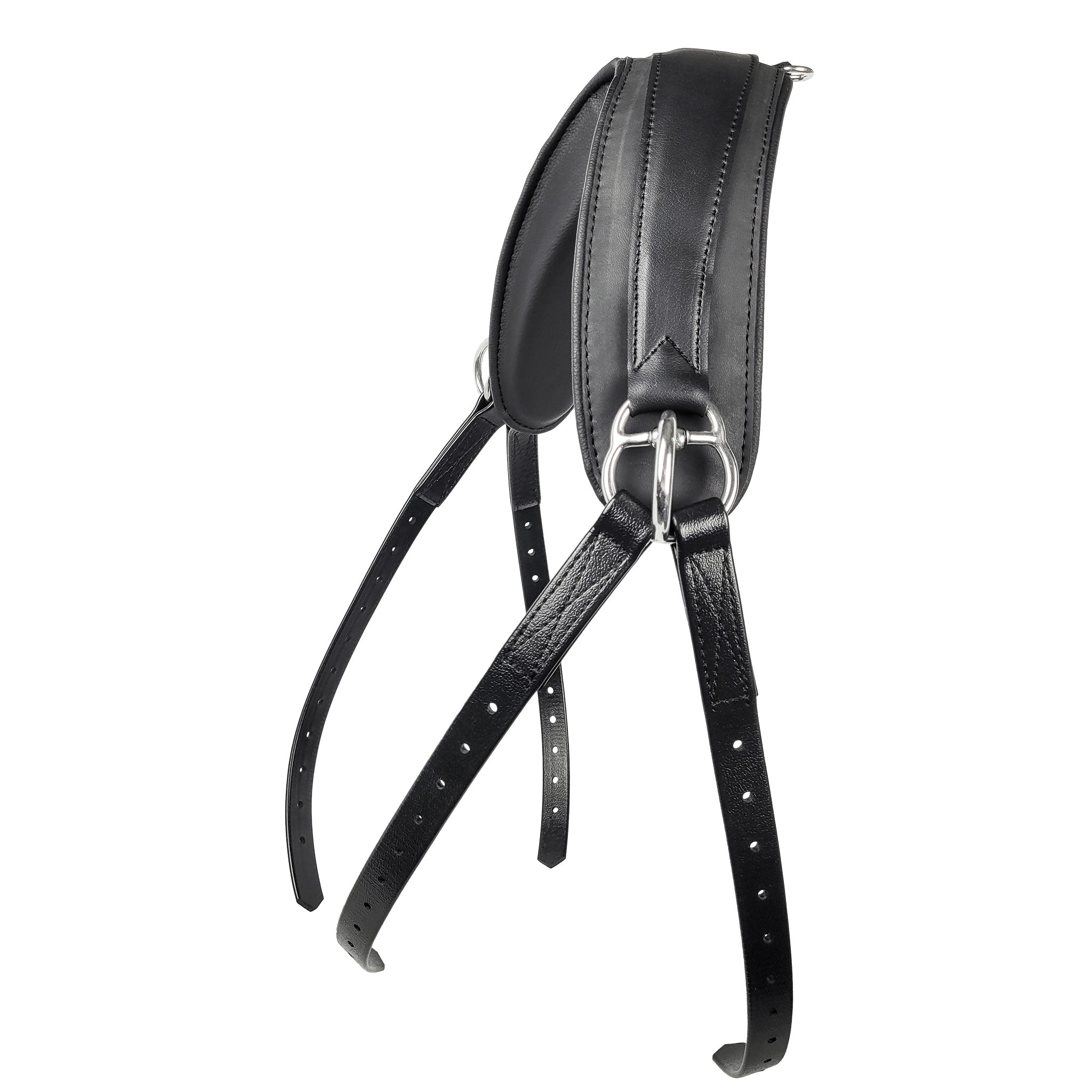
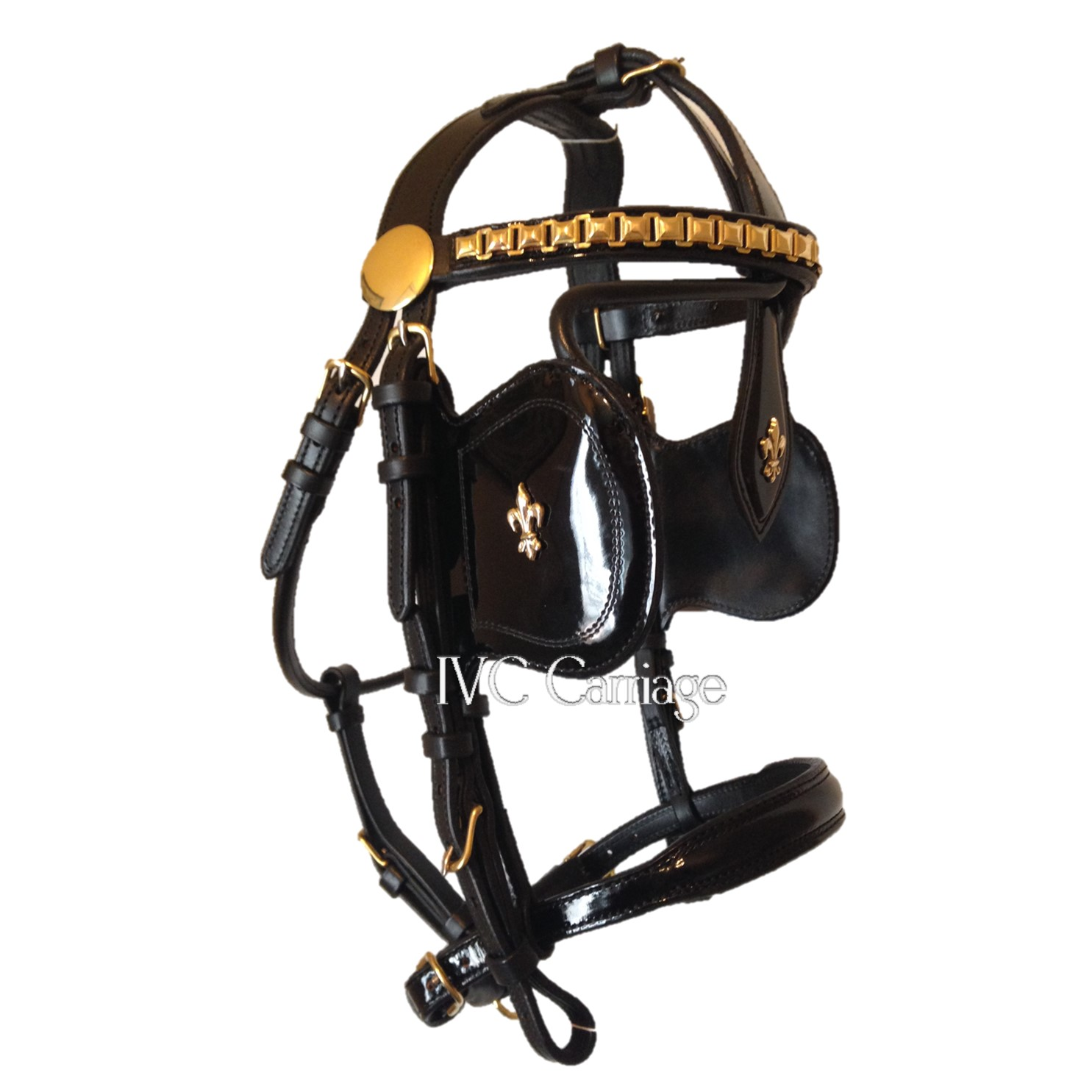
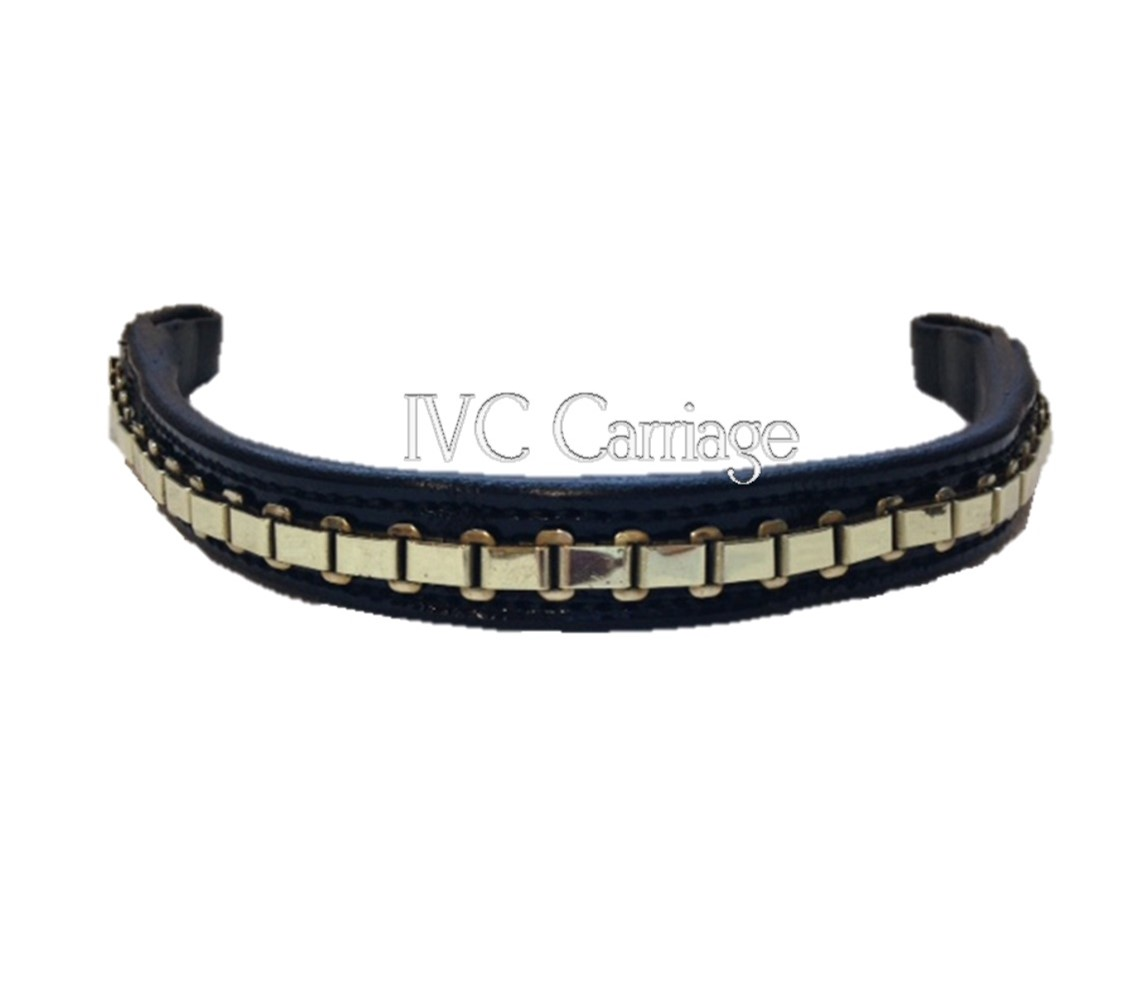
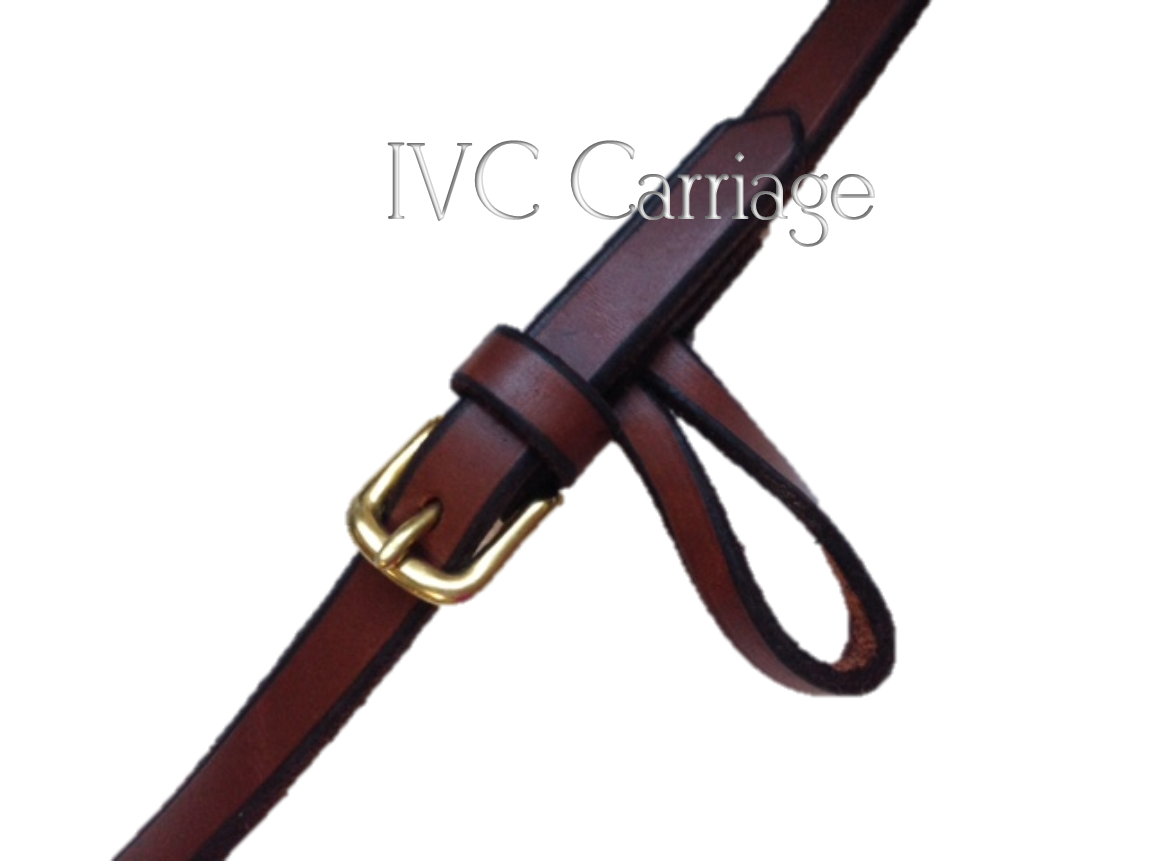
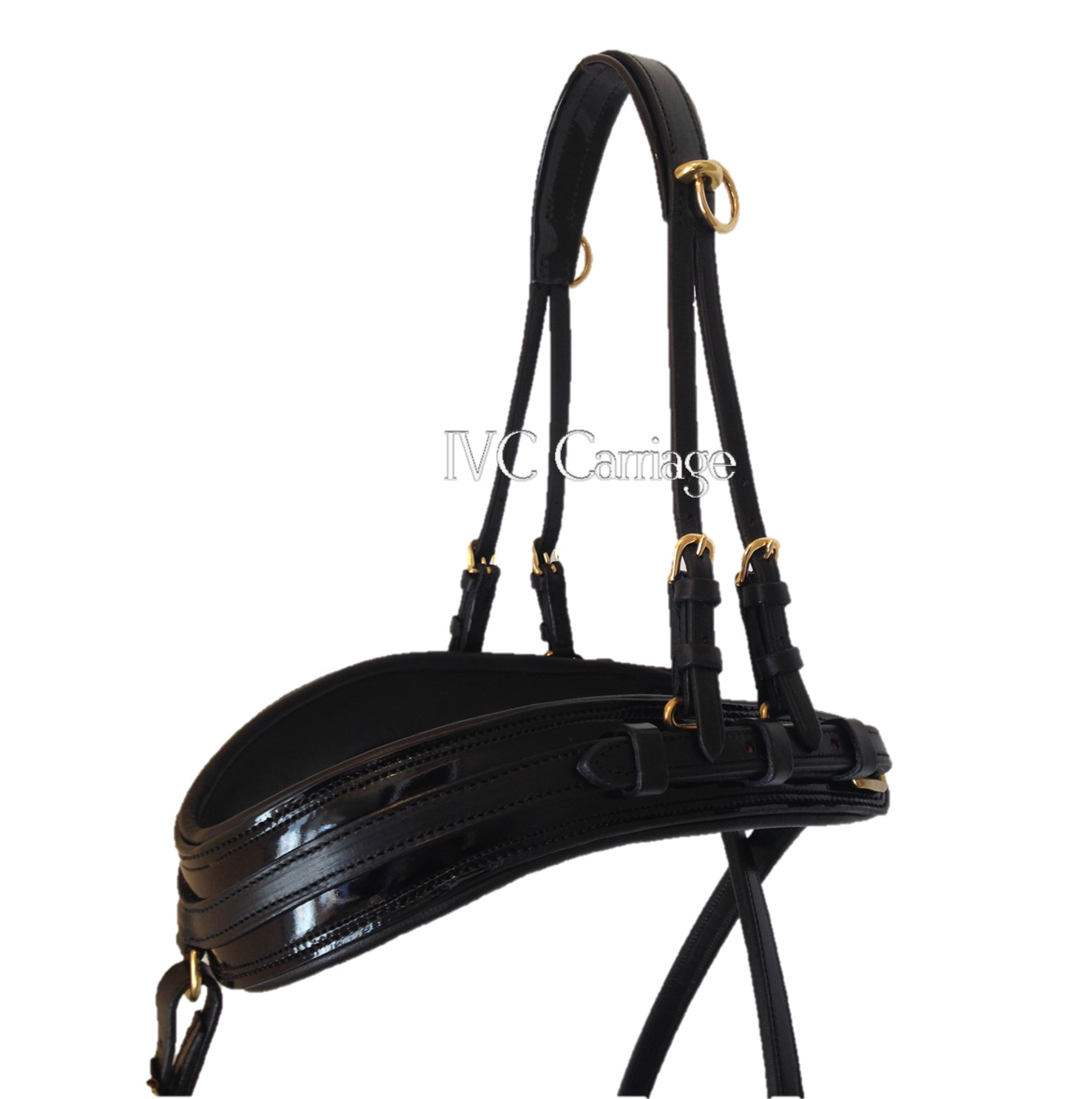
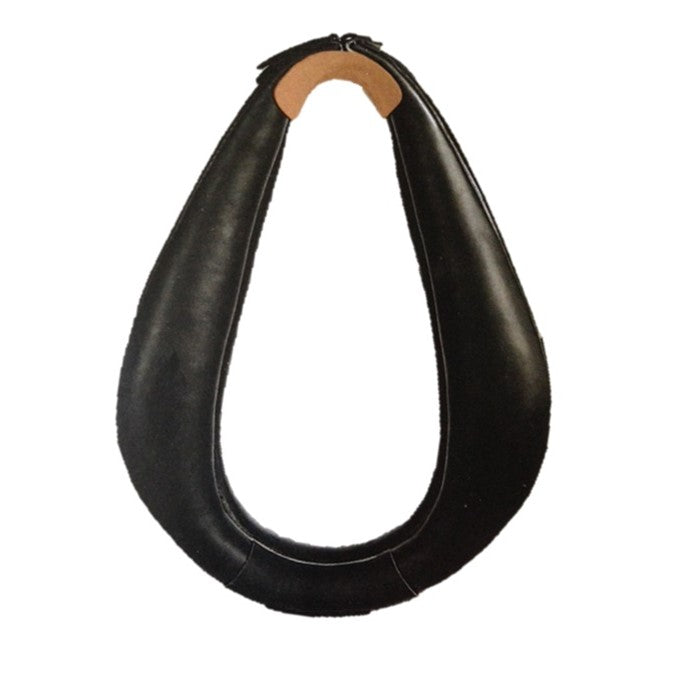
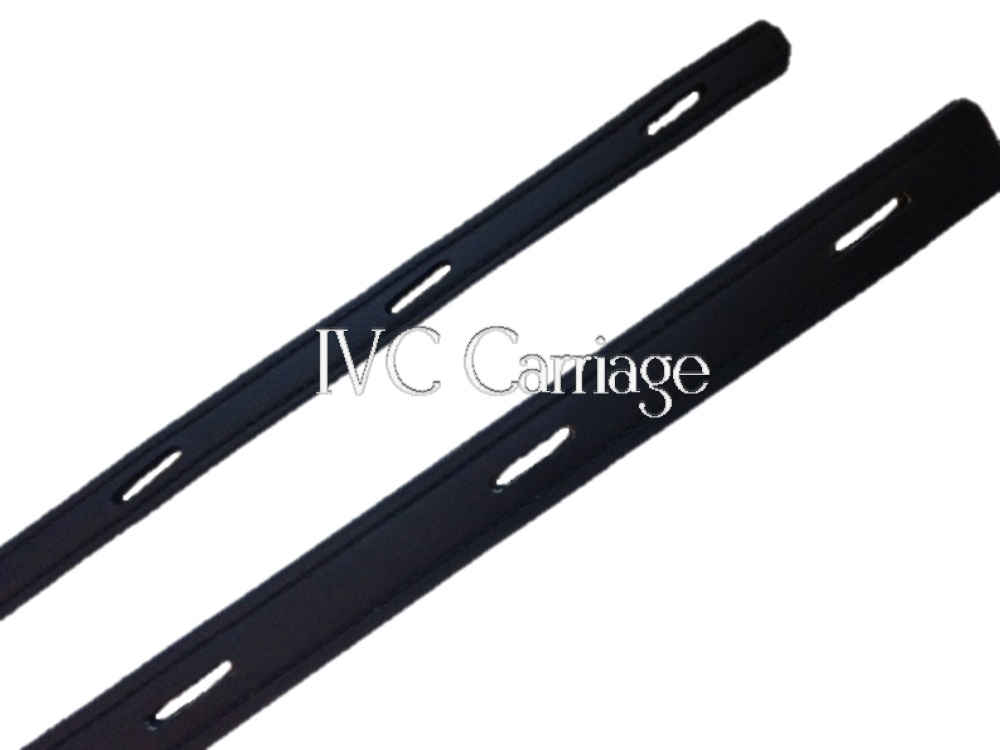
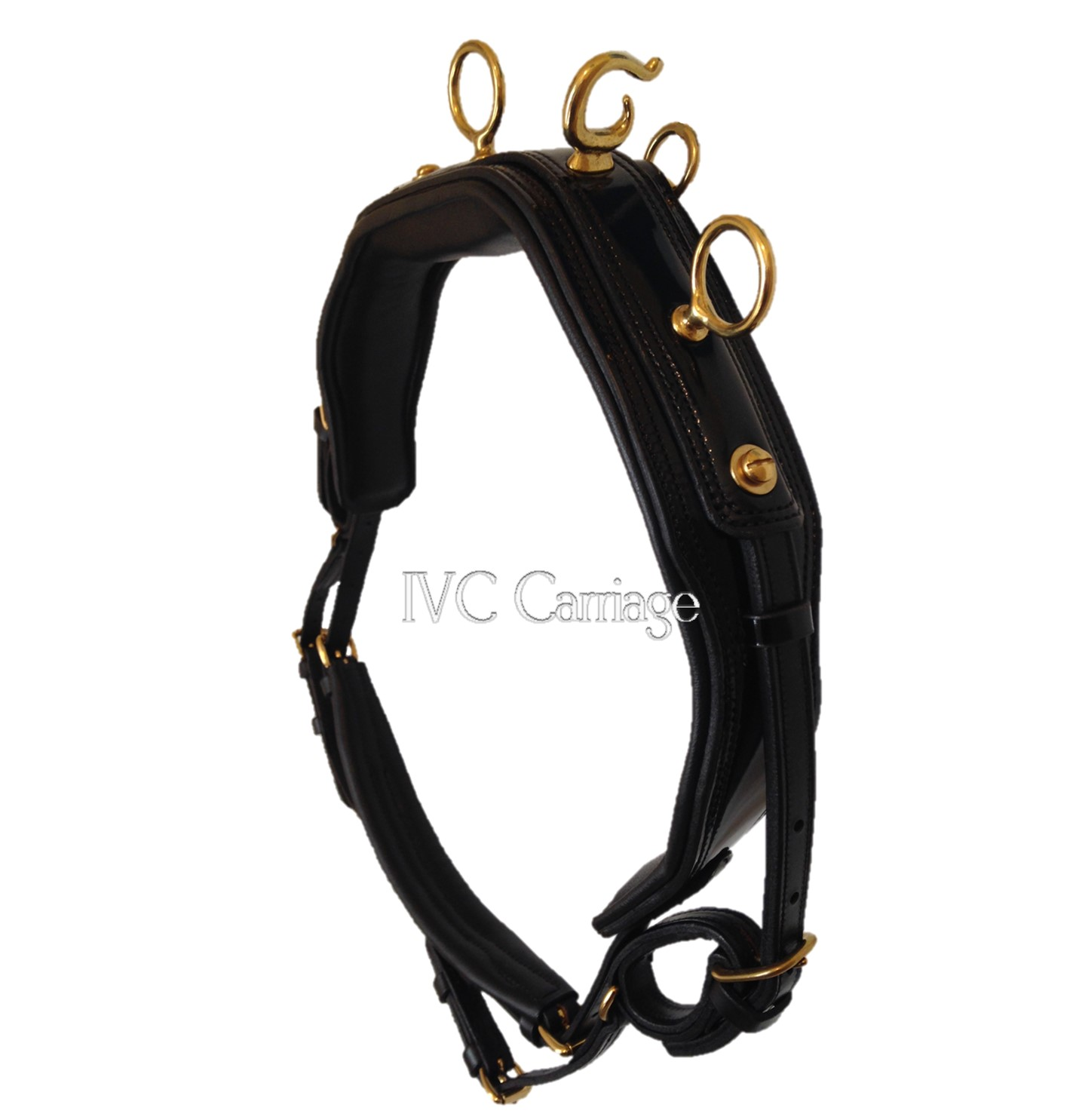
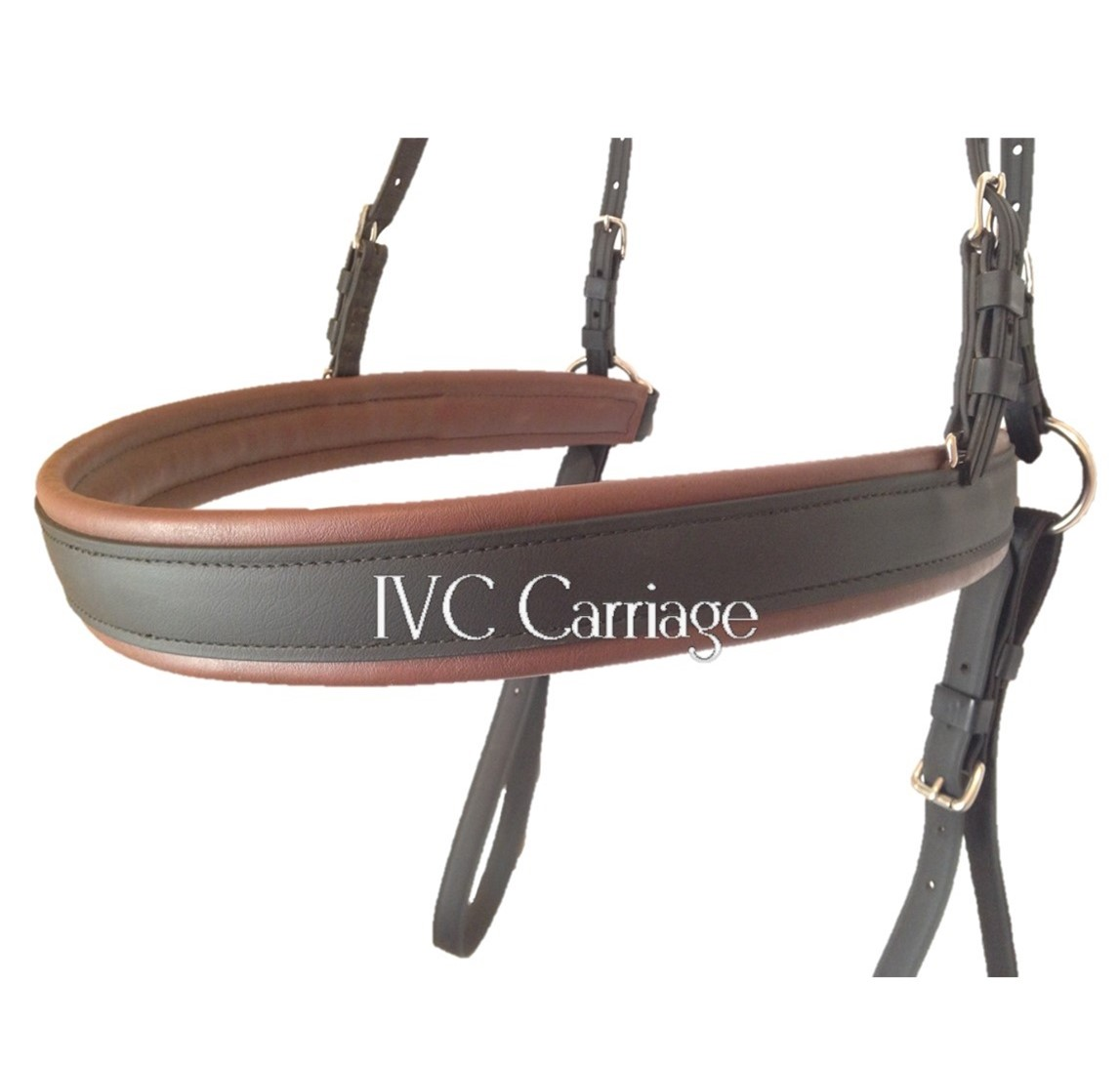
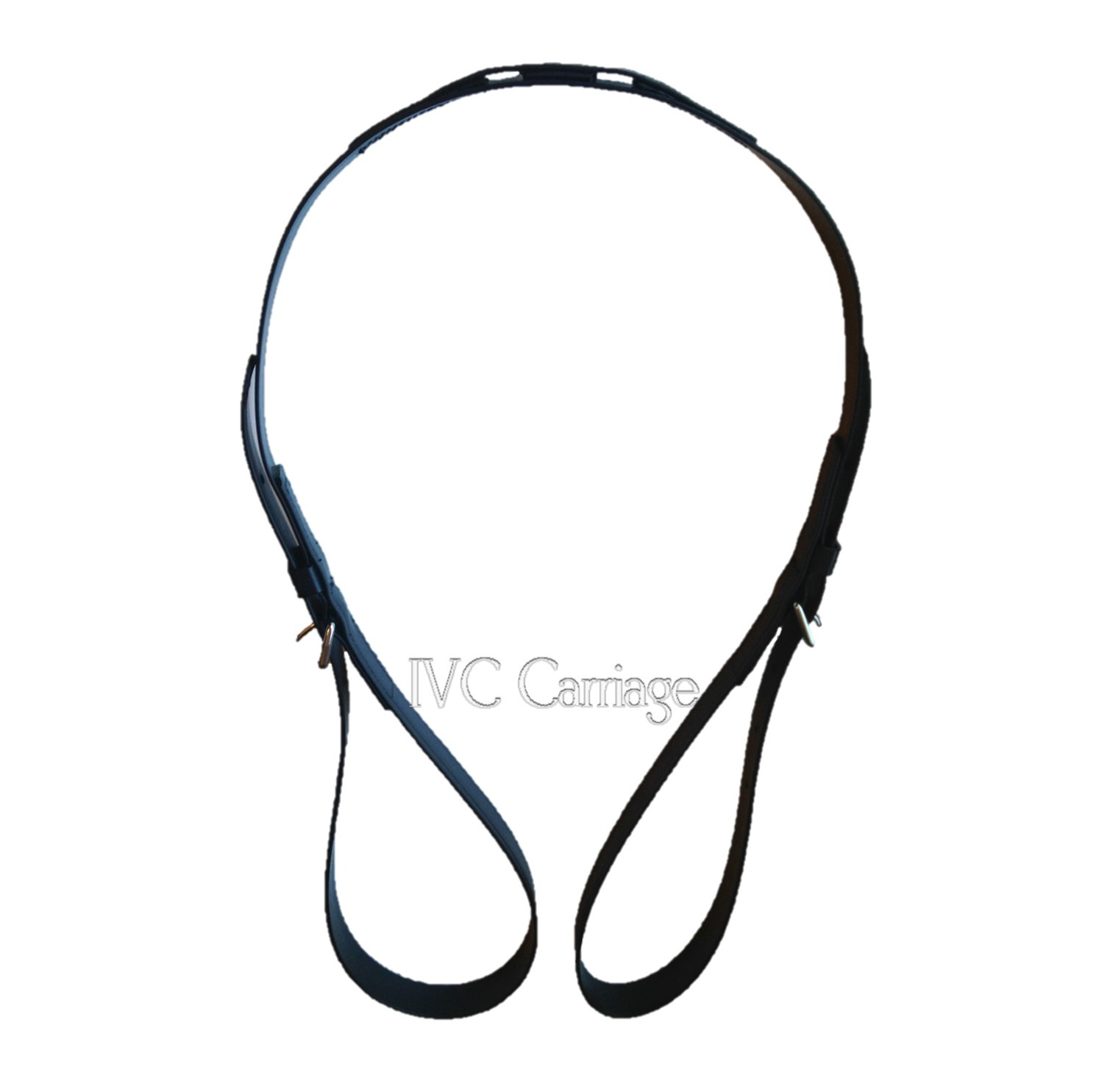
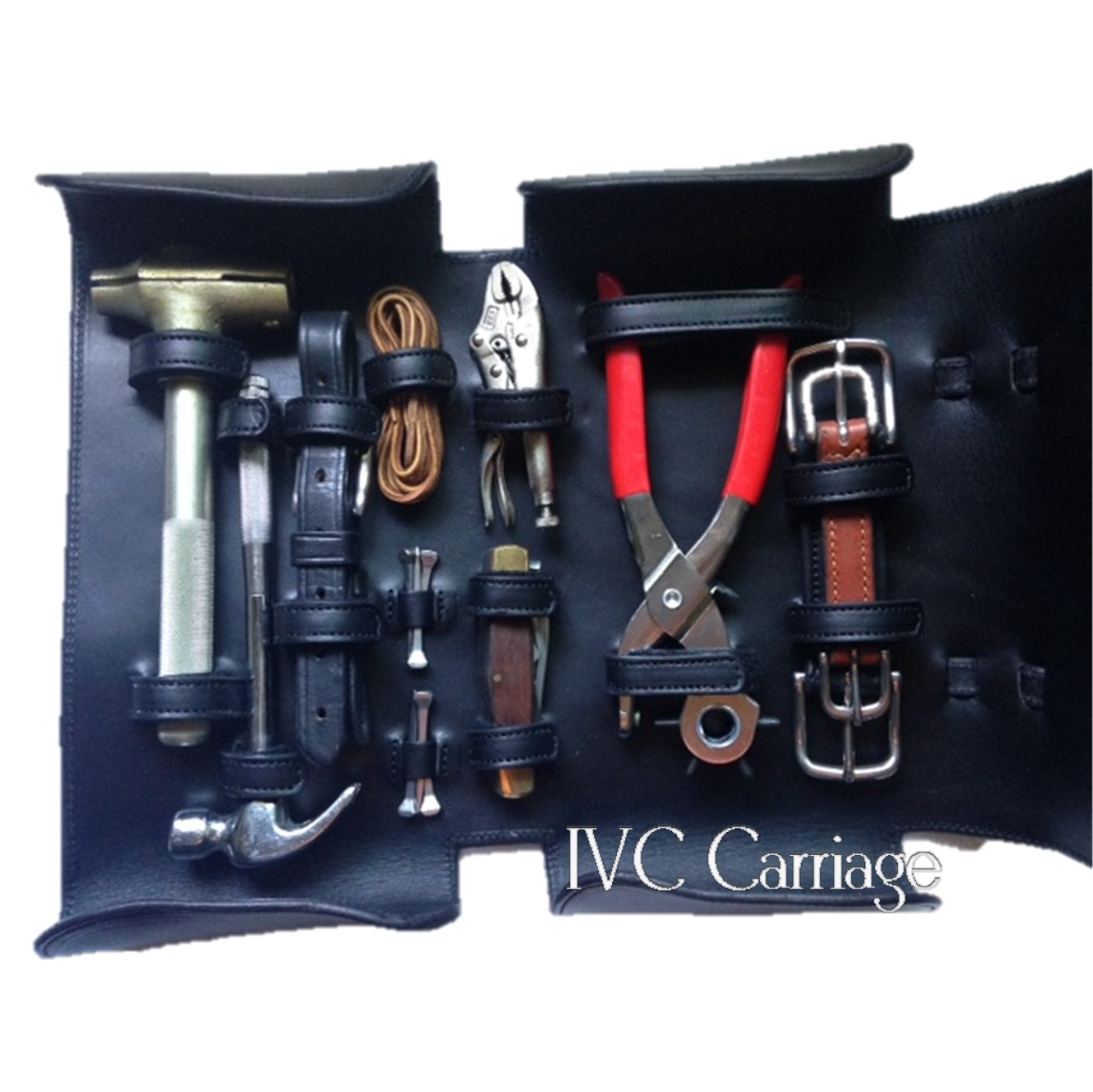

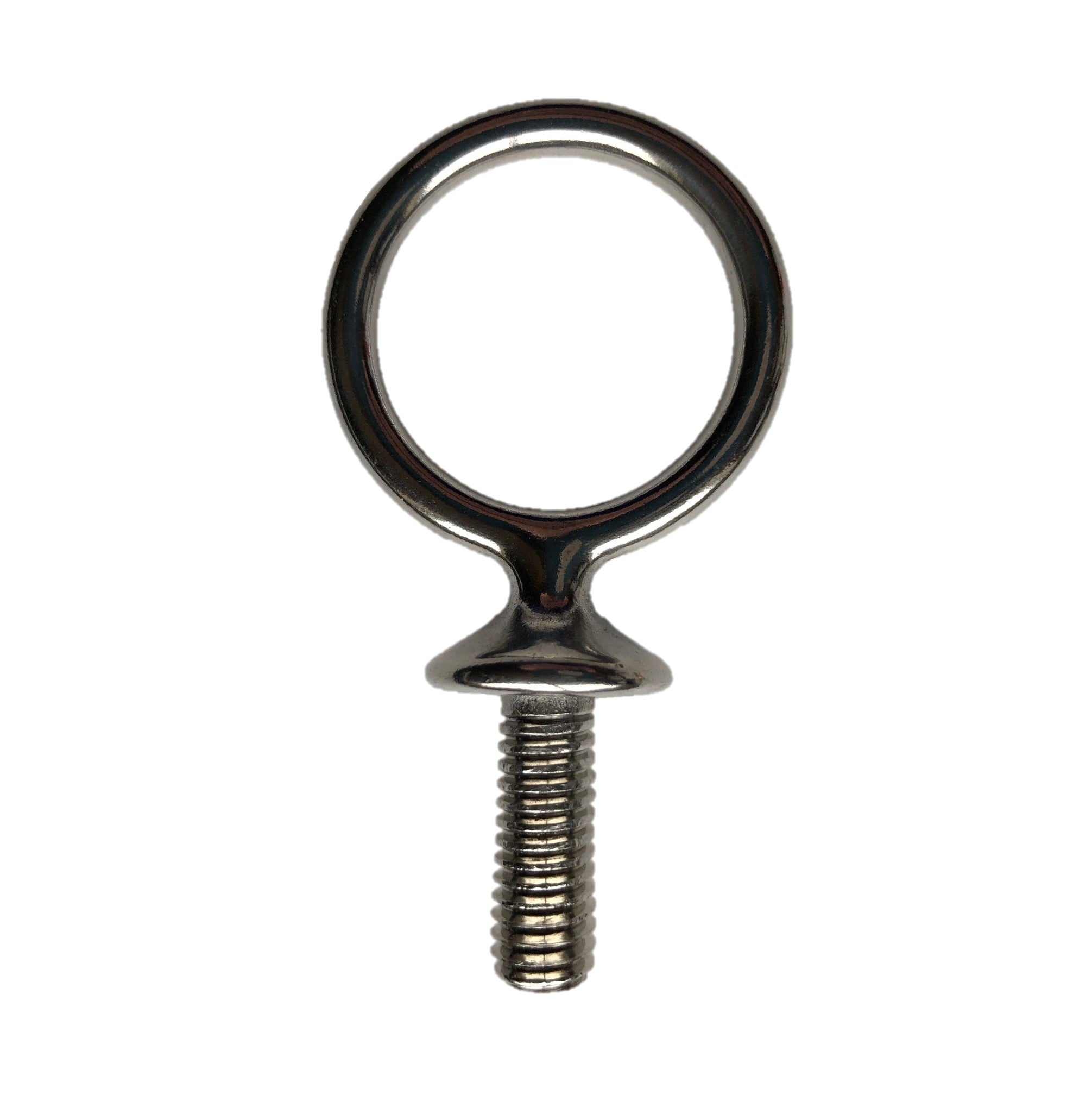
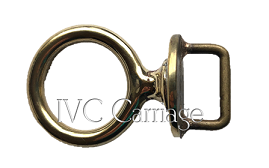
3 comments
Evelyn Budiselich
Good Read.
MYRNA RHINEHART
Yes, there are a number of ways to wrap and position a holdback. In the photo above with the Fjord, the driver correctly didn’t catch the trace in the holdbacks, as that would break the straight line of draft of the traces.
Leroy
Traces under/over/through…
going through the holdbacks will cause BioThane holdbacks to wear through if it’s not perfectly adjusted.
if there is pressure on top of or underneath the holdbacks, you may want to adjust so that your holdbacks are under/above the traces (if your trace has a bend in it from the holdbacks, then you’re going to wear out holdbacks and/or traces quickly)